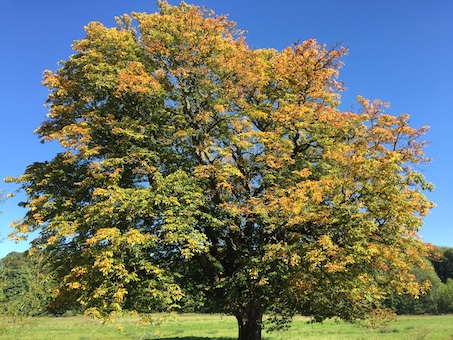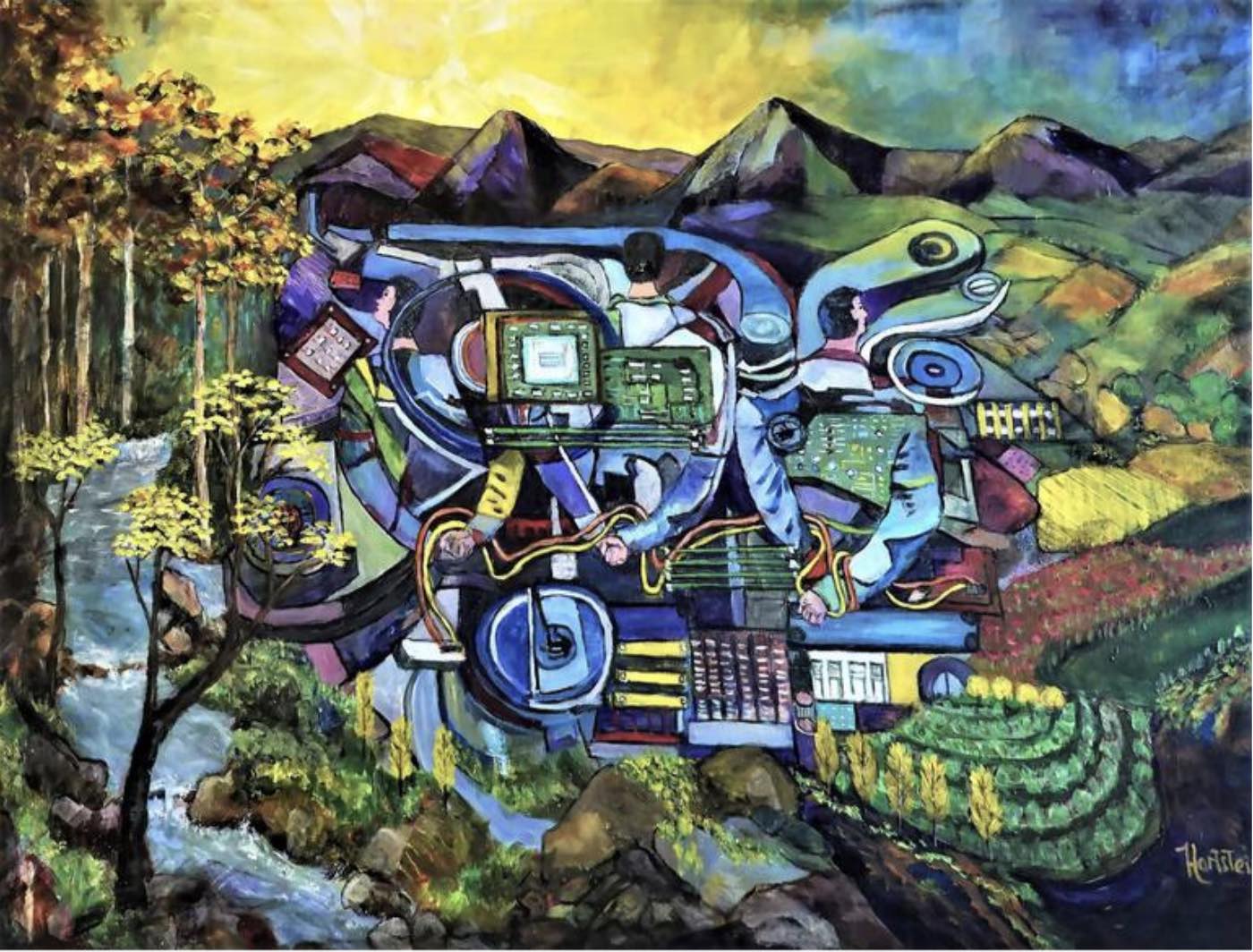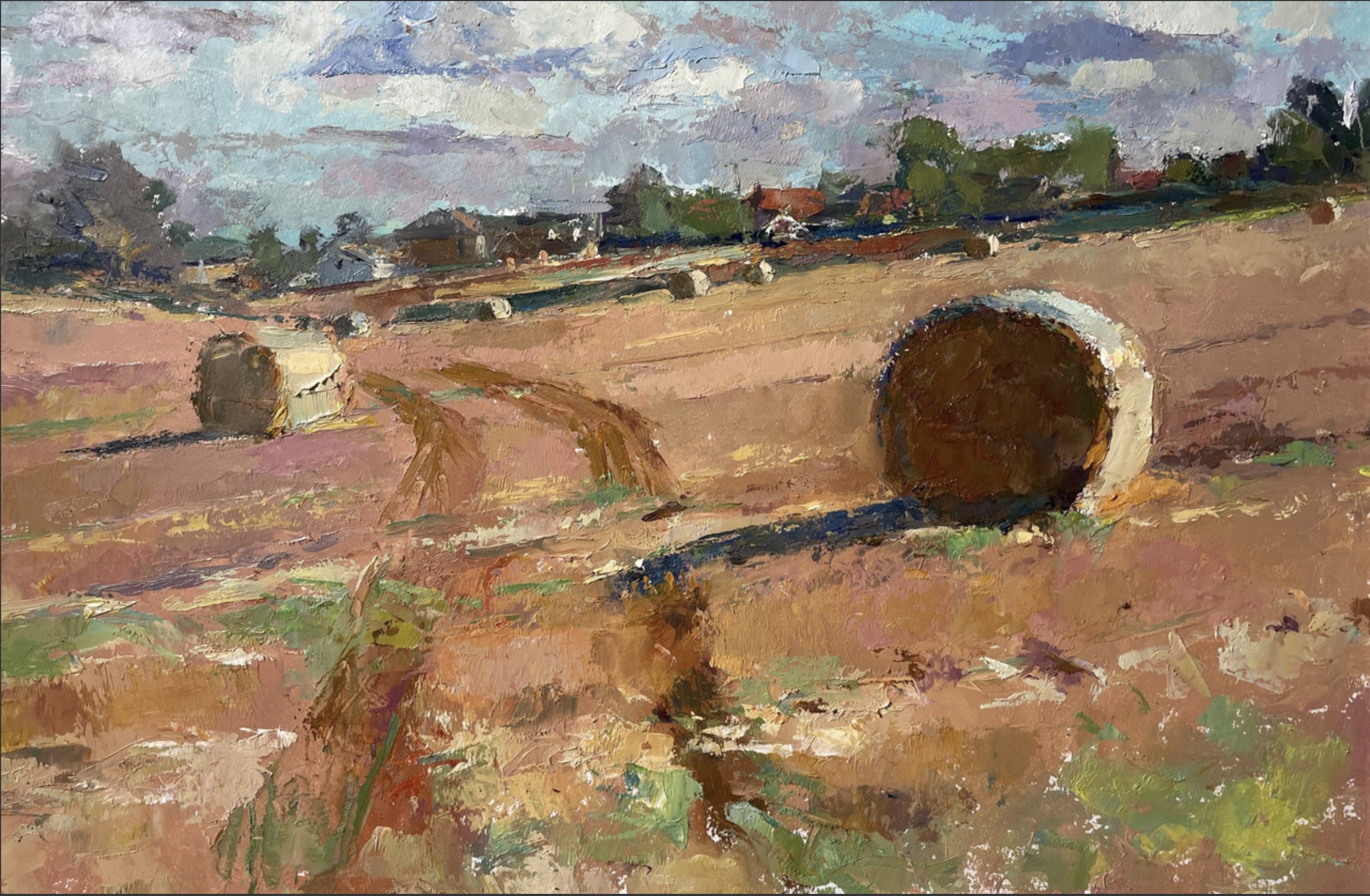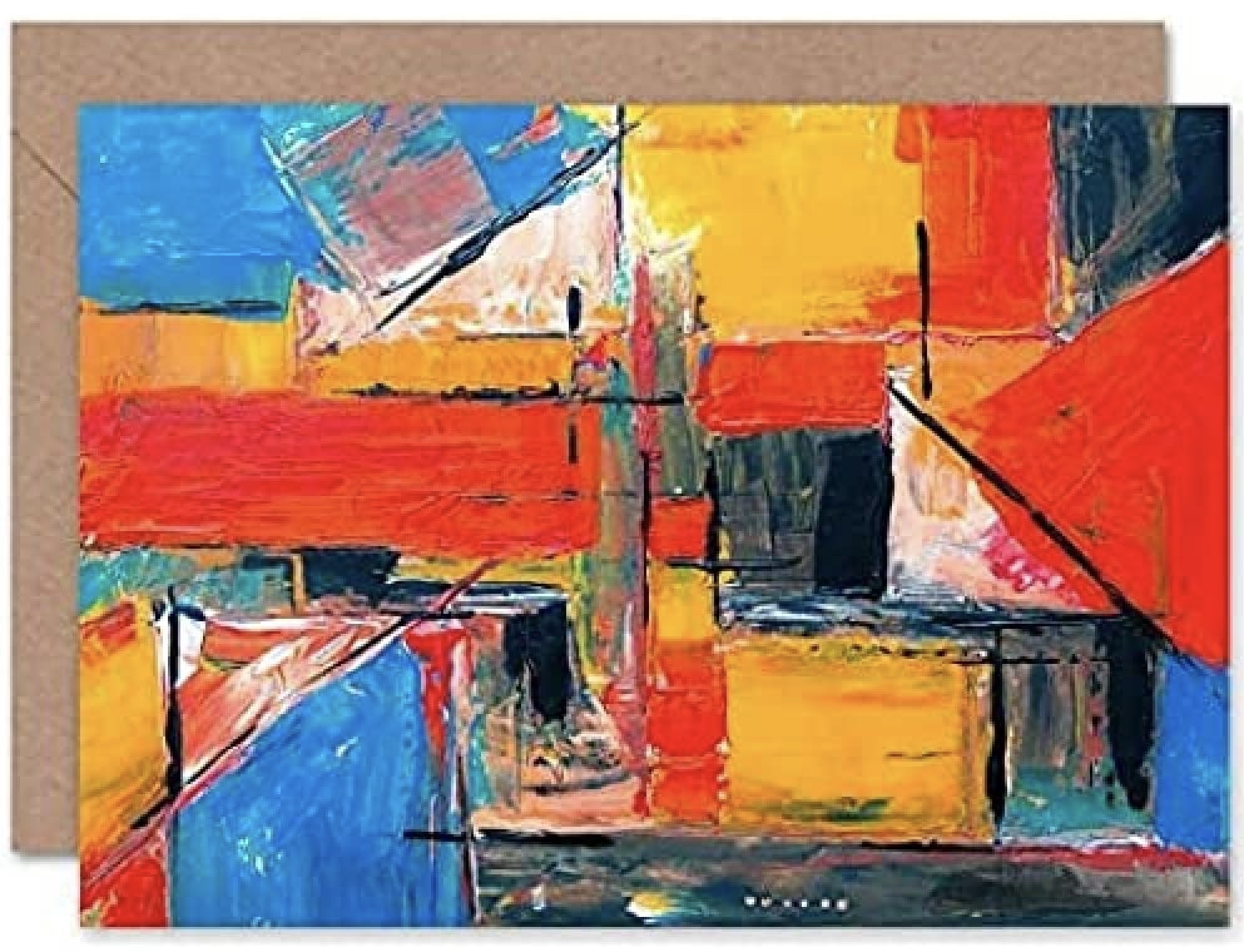I’ve always been sceptical about the use of visions, and subscribed to Germany’s Chancellor, Helmut Schmidt’s, opinion that “anyone who has visions should go to the doctor”. However, I recently came across one that could be useful for thinking about the future of farming and food production.
I have already written about bringing farming back onto the table as a central part of any discussions about the future of the UK’s food production. However, once on the table what about its future? Type ‘vision for farming’ into the web and there are pages full of visions which read more like prescriptions to keep farming on life support rather than setting it off on a healthy path. Even the government has had a go. In 2020 the then Secretary of State For Environment, Food and Rural Affairs produced a vision for future farming which describes how Brexit will give farming the kick start it needed to tackle the twin challenges of ‘climate and nature crisis’. For all of the visions that have been produced there is very little sign of anything happening. Maybe Chancellor Schmidt was right!
Recently, I came across a vision from Nelson Mandell: “Action without vision is only passing time, vision without action is merely day dreaming, but vision with action can change the world.” What changed my scepticism about visions is that this one includes the word action. If you look at any of the current visions for farming and food production then they all fall into the first two categories of wasting time and wishful thinking.
A vision for faming and food production should be strong enough to last a few generations. However, it is nearly impossible to predict what will be happening next week never mind 30 or 60 years ahead. Therefore, to give a vision longevity, it needs to be supported by some underlying principles that will maintain it through an unpredictable future. For example, farming should minimise its footprint on the environment. This principle can then be used to test any current, or future, government policies. If it doesn’t meet it then it should be revised until it does. I’m sure that there are other underlying principles that can be adhered too and maintained for many generations.
Whatever the vision for farming, if it is not backed up with actions then it is not much more than muddy thinking, or worse political slogans and deserves what Great Thunberg would label as blah blah blah. Farming is much more important than political posturing. How about over the next family meal, or a coffee with friends, you spend a few minutes developing a vision for the future of food production which is built upon underlying principles for farming, develop a few sensible actions, and stick it on social media with the hash tag #futureofourfood - let’s see what happens?





